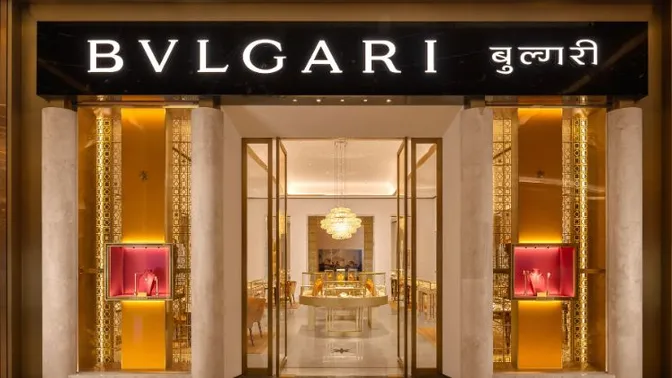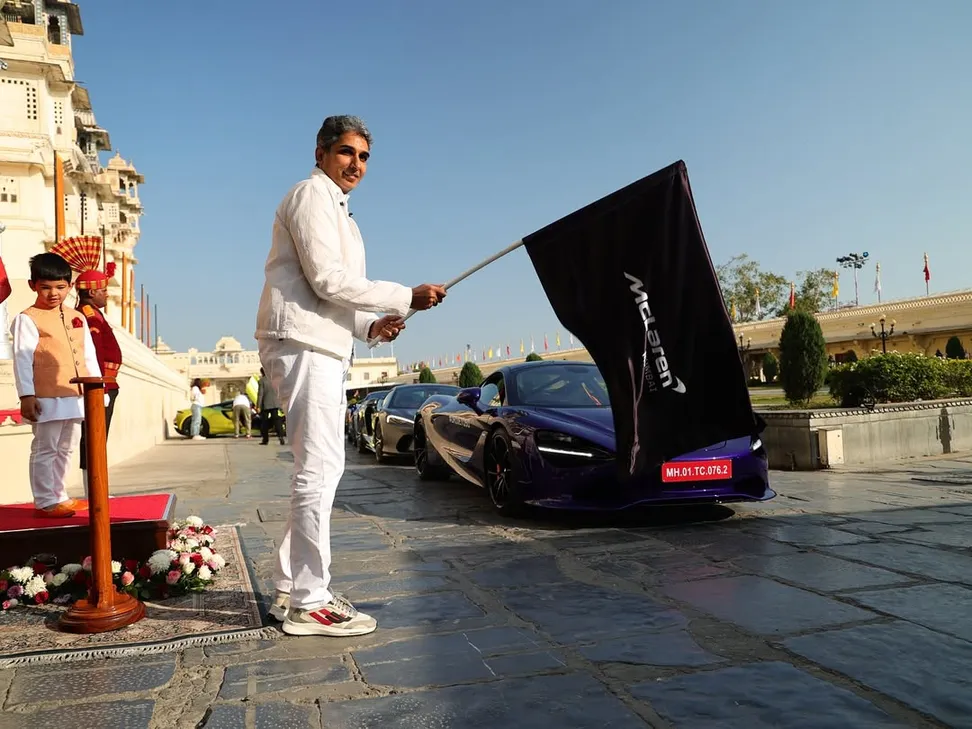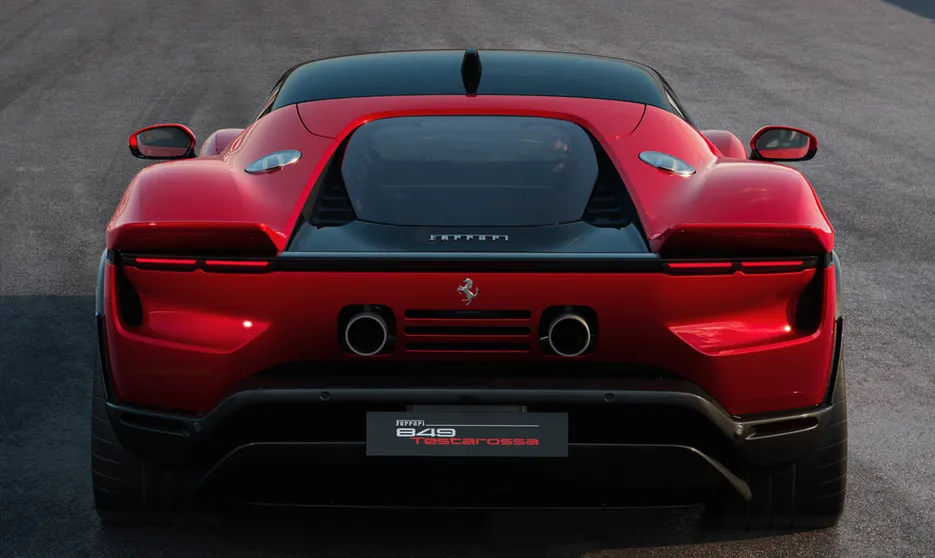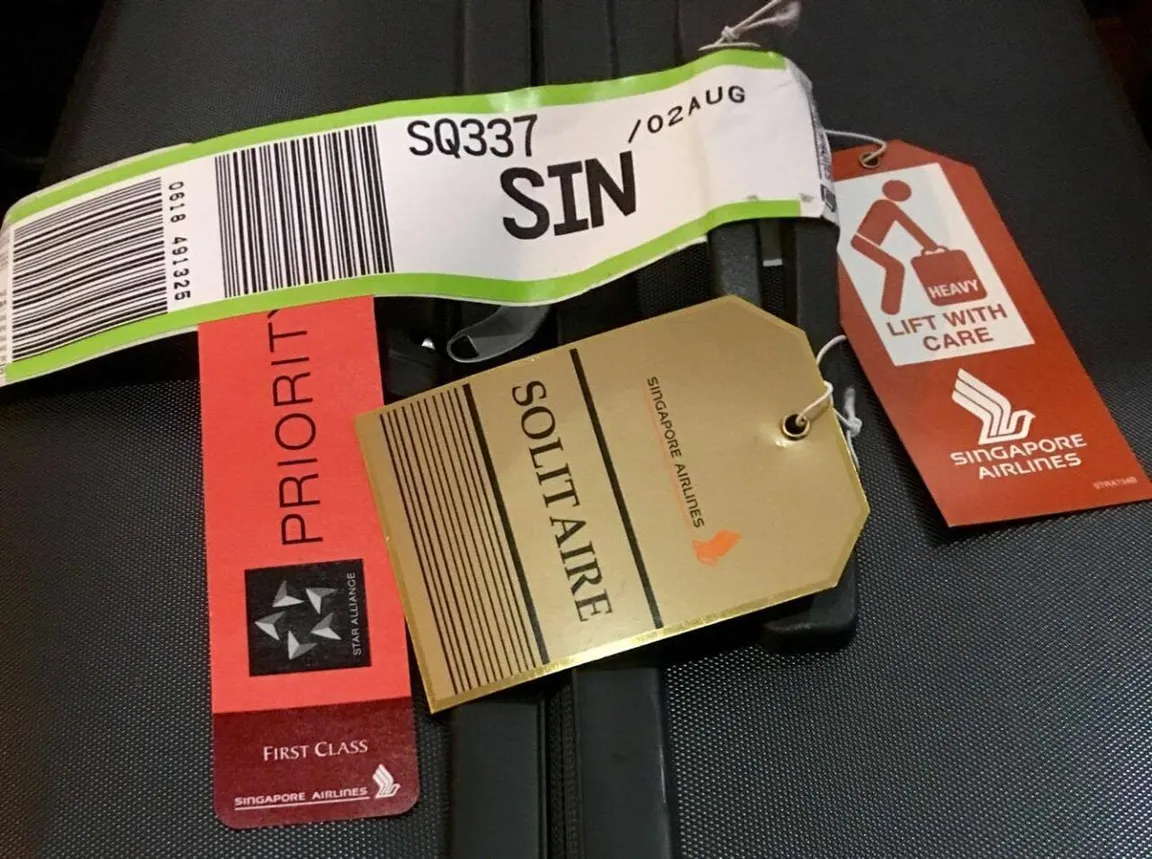From “Next” to “Now”
For years, India was called the next big luxury market. In 2025, it’s firmly in the now.
Bain & Company projects India’s luxury market will reach USD 85–90 billion by 2030 — a 3.5x leap. Leasing activity in luxury retail jumped 90% year-on-year in Q1 2025, and in 2024 alone 27 new international brands entered the country.
This is no longer cautious expansion. It is activation on a national scale.
A Surge of Global Entrants
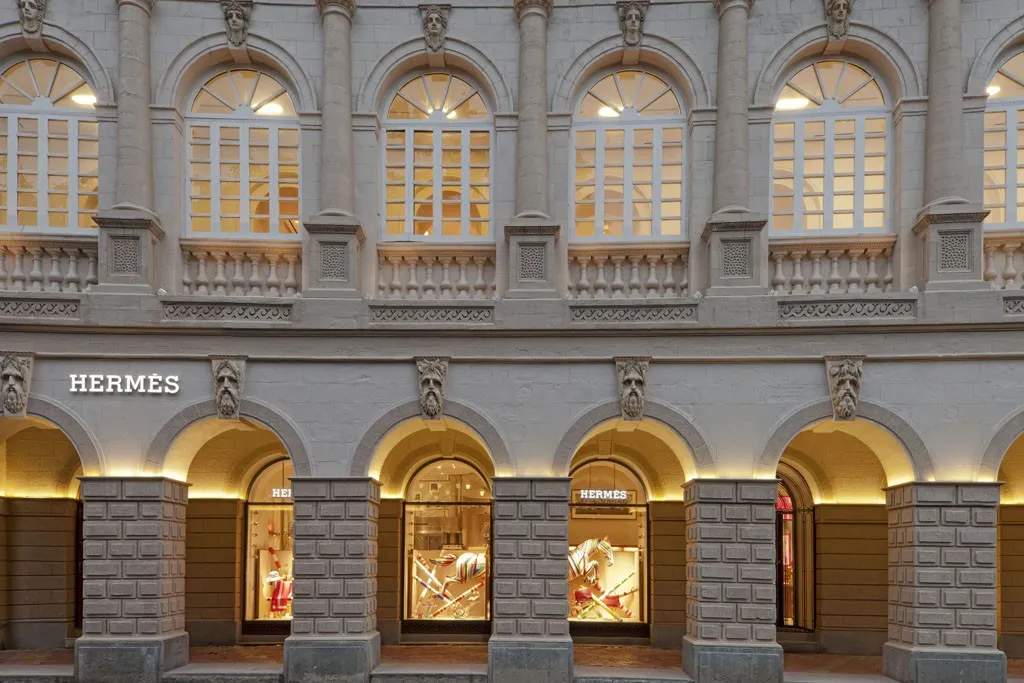
India’s luxury map is being redrawn.
- Valentino and Loro Piana are setting up shop in prime locations.
- Galeries Lafayette is preparing to open in Mumbai, bringing a Parisian institution to India’s high streets.
- Breitling and Hublot are strengthening their retail footprint.
- Montblanc is opening six boutiques beyond metros — signalling a focus on India’s rising professional class.
Driving much of this growth are two local giants: Reliance Brands and Aditya Birla Fashion. They are not just signing leases; they are curating ecosystems that connect global maisons with Indian consumers.
This isn’t testing the waters. It’s a coordinated move that shifts India from “potential” to “presence.”
Regional Shifts Across Asia
India’s rise is even clearer when set against the region.
- China: domestic luxury sales dropped 18–20% in 2024, with weaker sentiment at home and more spend flowing abroad.
- Japan: last year’s boom, fuelled by a weak yen and tourism, is now levelling off as locals replace inbound demand.
- Singapore: resilient but capped. Space is limited, costs are rising, and expansion opportunities are constrained.
India is different. Its growth is structural, not cyclical.
- Rising wealth: spread beyond Mumbai and Delhi into Tier-2 cities like Chandigarh, Kochi, and Indore.
- Retail infrastructure: world-class malls like Jio World Plaza and Phoenix Palladium setting new benchmarks.
- Policy shifts: the India–EFTA trade deal phasing out duties on imports like Swiss watches.
This is not a temporary boom. It’s a foundation for long-term scale.
Challenges on the Ground
But growth comes with complexity. Wealth in India isn’t concentrated in one or two hubs. Affluent consumers are spread nationwide, making showroom strategy a high-stakes decision.
Luxury awareness is growing quickly but is not yet fully mature. Many wealthy Indians first experienced maisons abroad — in Paris, London, or Milan. Now, as those brands arrive in India, there is pride in welcoming them home, but also heightened expectations. Clients expect the same level of service and experience in Delhi or Mumbai that they once enjoyed in Bond Street or Place Vendôme.
Lessons From McLaren
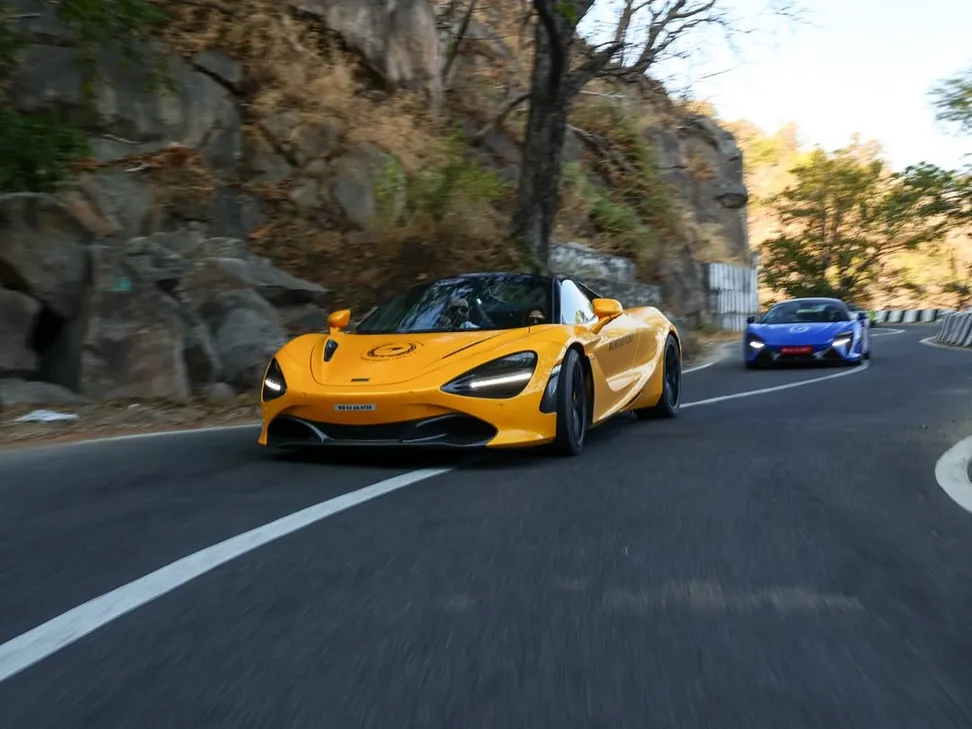
When I supported McLaren’s market entry in India, I saw this dynamic firsthand. With Infinity Motors as the local partner, McLaren Mumbai represented the brand across the entire subcontinent.
The differences were striking:
- Delhi vs Mumbai. Two cities, two cultures, two very different ways of engaging with luxury.
- Delivery ceremonies. Car handovers weren’t just transactions — they were theatre, emotional experiences that created lifelong attachment.
The lesson was clear:
- The brand story must remain consistent.
- But the execution must be deeply local — and emotionally resonant.
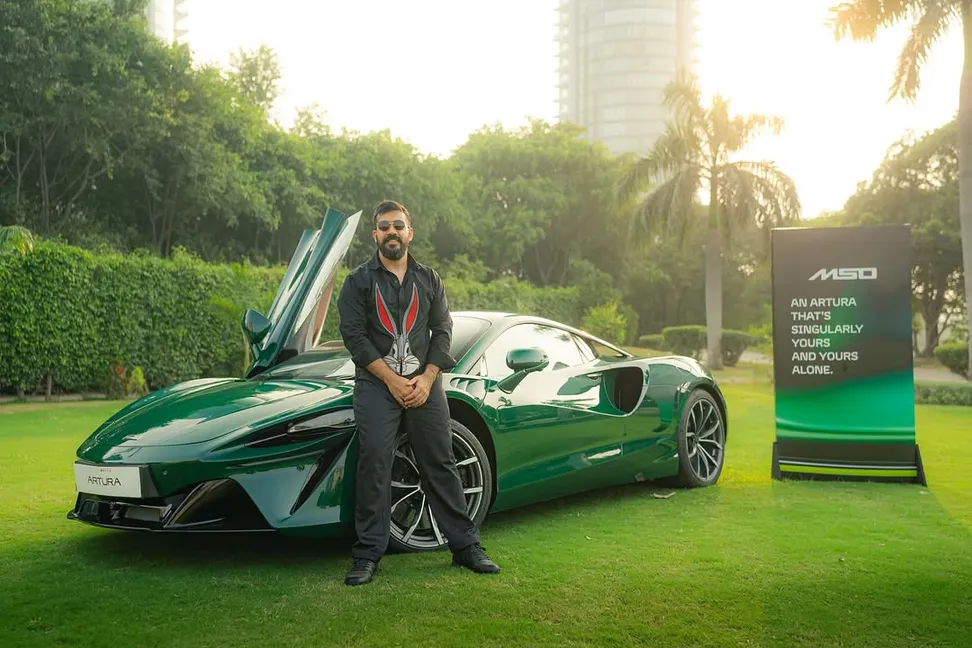
Lessons for Luxury in Asia
India’s rise offers valuable lessons for maisons and retailers alike:
- Think long-term. This is structural growth, not a passing boom.
- Adapt locally. Luxury awareness is climbing, but experiences must match local context.
- Match global standards. Indian clients who shopped in Paris or Milan expect the same quality and service at home.
- Invest in strong partners. Reliable local operators are the bridge to consistency at scale.
- Balance consistency with flexibility. Keep the brand voice global, but let execution be Indian.
Final Thought
India isn’t a copy-paste market. It is a mosaic of cities, cultures, and consumer profiles, each shaping its own version of luxury.
For brands willing to invest, listen, and adapt, the opportunity is extraordinary. The question is: are you still testing India, or are you building deep roots?
